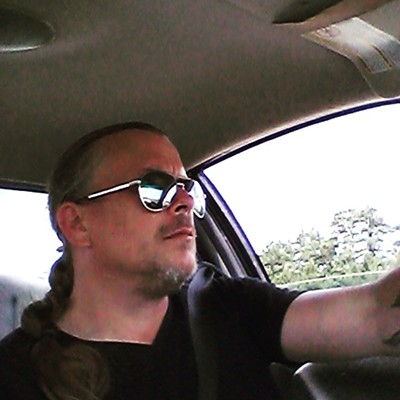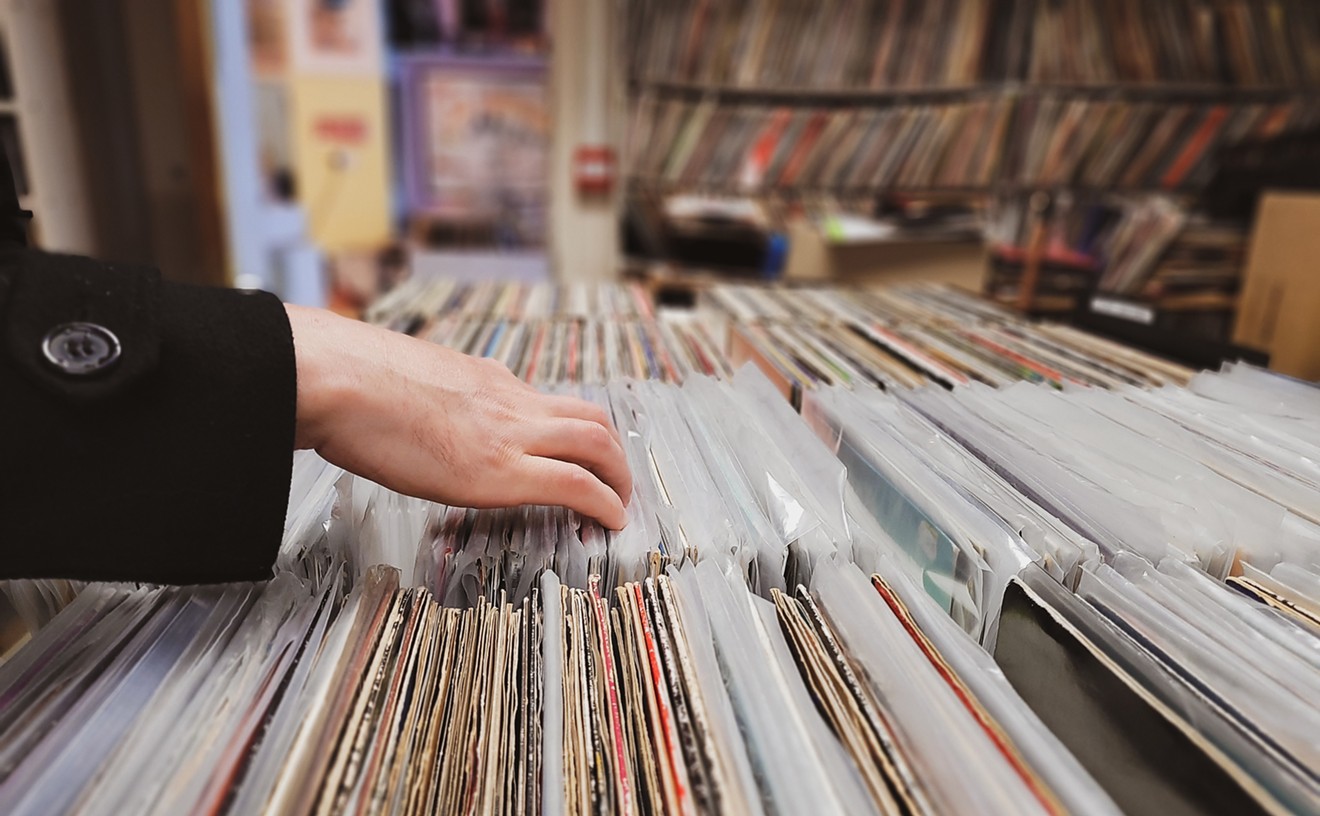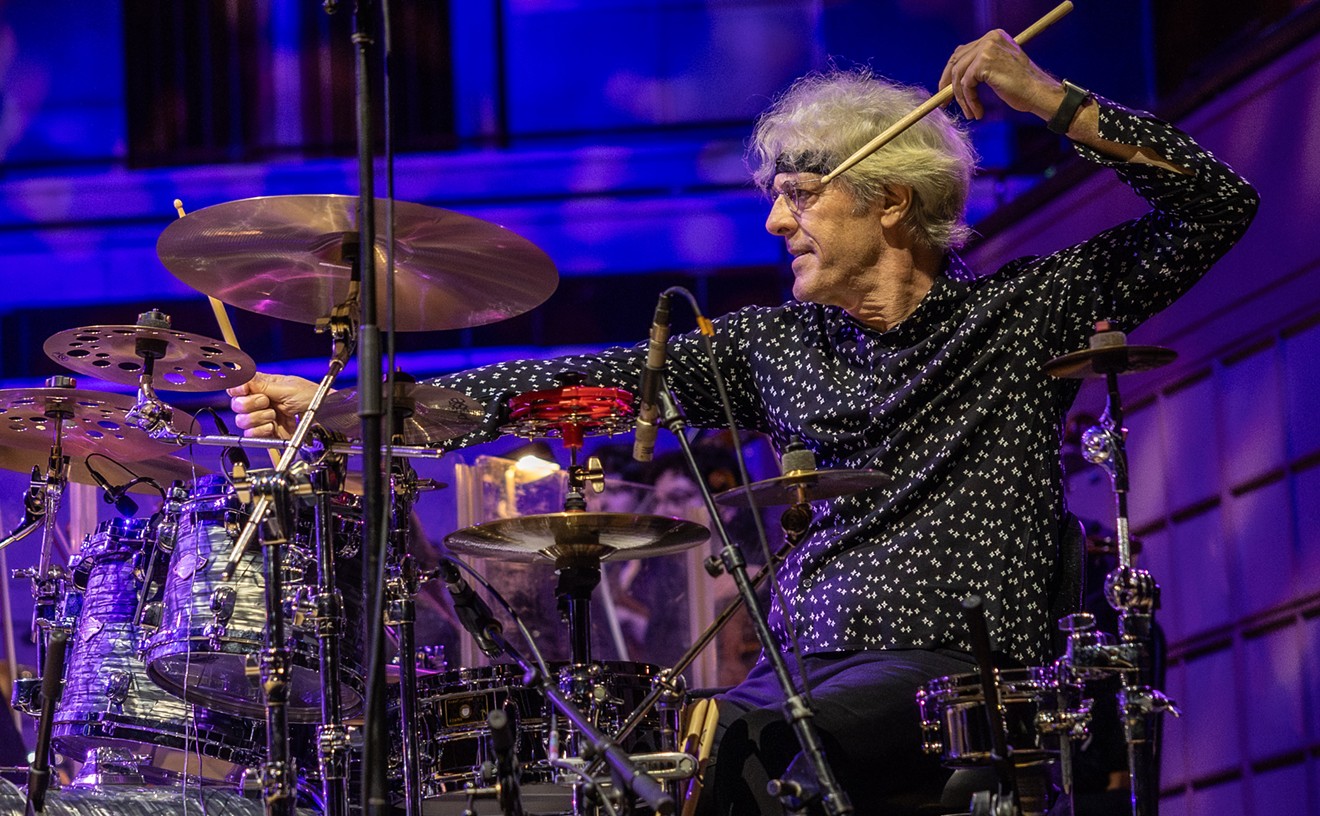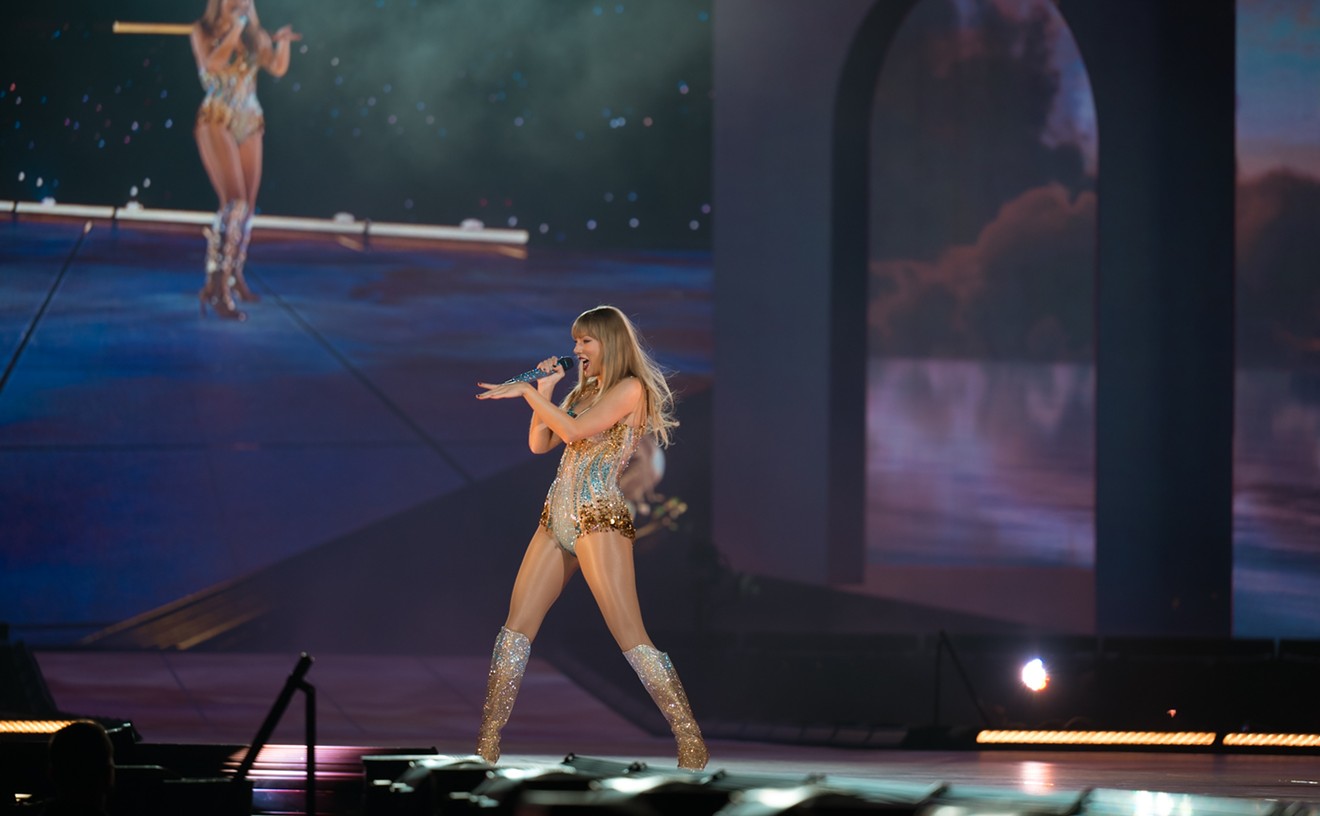Bob Haydon's ears perked up when he overheard a fellow student, sitting behind him, complain about his aching fingers. The student, Steve Miller, had stayed up until 1 a.m. playing the guitar. Haydon turned around and told him that he played guitar, too.
Miller said he was looking for a rhythm guitar player; would Haydon want to join his band? This was the 1950s and the duo formed one of Dallas' first rock 'n' roll bands: the Marksmen Combo. “None of us thought that Steve Miller would be a famous name,” Haydon recalls.
Miller was destined to be more than famous. He became legendary. Hits like “The Joker,” “Fly Like an Eagle” and “Take the Money and Run” led to numerous gold records and a 2016 induction into the Rock and Roll Hall of Fame.
“Steve was very outgoing,” Haydon says. “You might say that he was the life of the class and everybody liked him. He was funny, and people were drawn to him. He catches things real quick and he was a super nice guy. That’s one of the reasons that I liked him so much.”
Haydon took his Sears Silvertone guitar and headed over to meet Miller at his barn that wasn’t a barn but more modern inside. Miller pulled out his electric guitar, a Gretsch, and started playing “Guitar Boogie,” an instrumental piece by Arthur “Guitar Boogie” Smith. Then Haydon followed suit and played “I Walk the Line” by Johnny Cash.
“Can you play this?” Miller asked Haydon and started playing Bill Doggett’s “Honky Tonk,” a popular rhythm and blues instrumental.
“I heard it on the radio and never dreamed of playing,” Haydon says. “But he showed me and within an hour, I was playing back up; and he was playing lead.”Their first gig was a neighbor’s 12th birthday party. They earned $15.
tweet this
Haydon’s and Miller’s fathers purchased them a couple of Gibson Les Paul Juniors — sunburst-colored — and the young guitarists began practicing every weekend. They played their own songs, like “Rockin’ Rs,” “Mr. K,” “Windmill” and “Haydon Opus III.”
Soon, they found a drummer by the name of Baron Cass, another student at St. Mark’s. The first time he came over to sit in and add his beats, the guys spent all night jamming and came up with a name for their band: The Marksmen Combo.
“We had been watching the Ozzie and Harriet show on TV where, at the end of the show, Rick [Nelson] and his band would suddenly be transported to a school dance or party and do a few songs,” Miller says. “We felt that we could copy that scenario and get some jobs. It turned out to be true.”
But they weren’t simply playing regular rock ’n’ roll, either. Their rock ’n’ roll was more blues oriented, showcasing Miller’s influences like Jimmy Reed, B.B. King and Muddy Waters, the music Miller heard hanging around his father’s live recording sessions with the “Who’s Who list of ’50s blues musicians,” including Les Paul, Mary Ford and T-Bone Walker. Paul gave Miller his first guitar. He even showed him how to play a few chords.
“Through his own process of musical osmosis, Miller retained many of the remarkable riffs and styles that played out in front of him,” Haydon says. “It was a down payment on the future of a wonderfully talented musician.”
To spread word about their new band, the guys created business cards and sent letters to area churches, country clubs and schools to let them know that they played rock music and they were ready to perform. Their first gig was a neighbor’s 12th birthday party. They earned $15.
Word about The Marksmen Combo began to spread, and the aspiring rock stars found themselves playing a gig for Miss Finley's Dance Studio at a church in Dallas. It was their first big job: More than a 100 kids showed up, and it turned into a regular gig every Sunday night.
Then those 100-plus kids told other kids, and the invitations to play at private parties soon began to arrive as if the band’s name had gone viral.
But their biggest break came when Neiman Marcus, which was located in downtown Dallas, invited them to play a fashion show for teenagers in the Zodiac Room.
“Every show we played was fantastically exciting,” Miller told Haydon, who spoke to him for this article. “A hundred kids would rush to the stage to hear us play a 15-minute set.”
Haydon recalls feeling the excitement, the electricity in the air because bands weren’t playing fashion shows at the time. The young models loved it, he says, and they surrounded the guys after the show, begging them to jam at their schools.
“It gave you chills up and down,” Haydon says. “The thing about being that age is you're fearless, and all those girls are leaning, looking at you and smiling and you could just feel it. They just loved it. It was a real exciting time.”
The high school-aged Marksmen Combo began playing fraternity parties at places like the University of Oklahoma and the University of Houston. Appearances in the media soon followed. Their first center spread appeared within the pages of Prep, a magazine dedicated to Dallas teens.
Angus Wynne, a younger classmate from St. Mark’s, remembers watching The Marksmen Combo play a gig at Umphrey Lee Center at Southern Methodist University. It was a dressier version of the sock hop, Wynne recalls, and they’d play the breaks in between the dancing.
“They were just blasting out the good ol’ Texas chording,” Wynne says, and stops. “Well, I don’t want to say ‘Texas,’ because there was nothing Texas about it.”
Miller taught his older brother, Buddy, to play bass so he could drive them to gigs, Haydon says. Boz Scaggs and Rodger Gaulding also joined as back-up vocalists. Their 15-minute sets turned into four hours of a full-program’s worth of material, and they began playing gigs across Texas, Oklahoma and Louisiana.
“We were insufferable at the age of 15; we were all rich,” Miller told The Dallas Morning News in a 1974 article.
Drummer Baron Cass points out, “We were rich from playing so much, but we were also rich in other ways, too.”
The early ’60s brought an end to The Marksmen Combo. Miller and Haydon had been kicked out of St. Mark’s before their senior year began. “They felt that we did not represent the school because we were a band,” Miller said. “They didn’t care for rock ’n’ roll, and I had real long hair.”
The original band wouldn’t reunite until 1983, when they played a reunion concert at St. Mark’s. “We hadn’t lost a beat,” says Haydon, who’s now an accomplished bluegrass artist. “We hadn’t lost a beat and performed a rousing show, even though Boz arrived from California just minutes before we went on stage. Whatever we had then, we still had it.”











